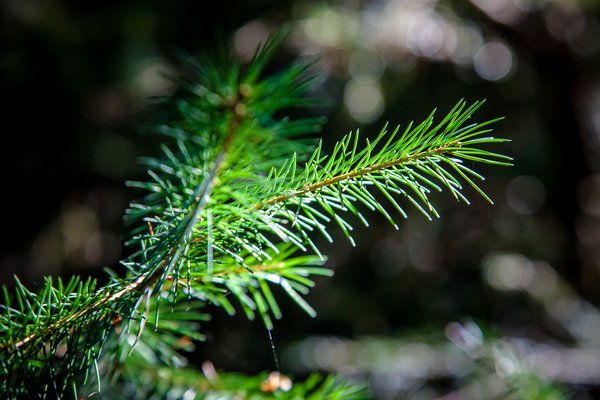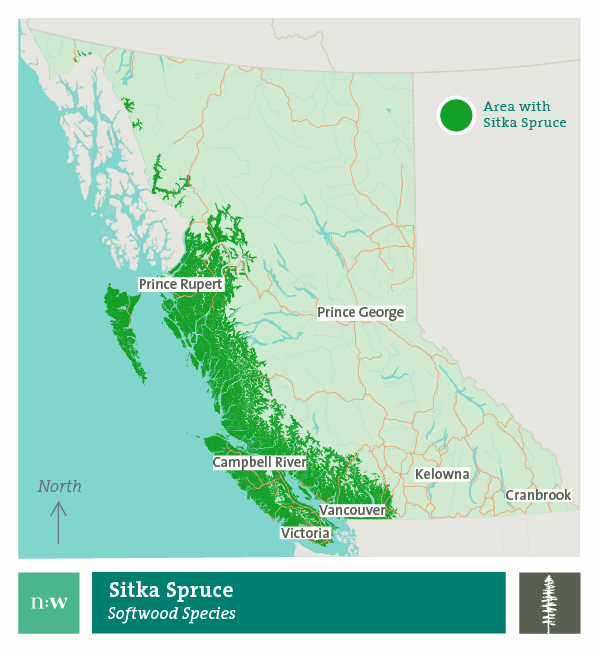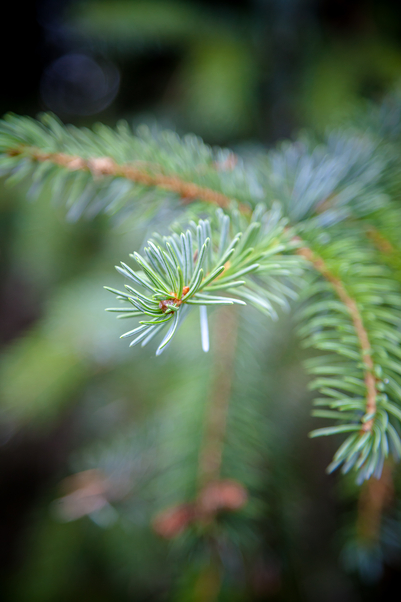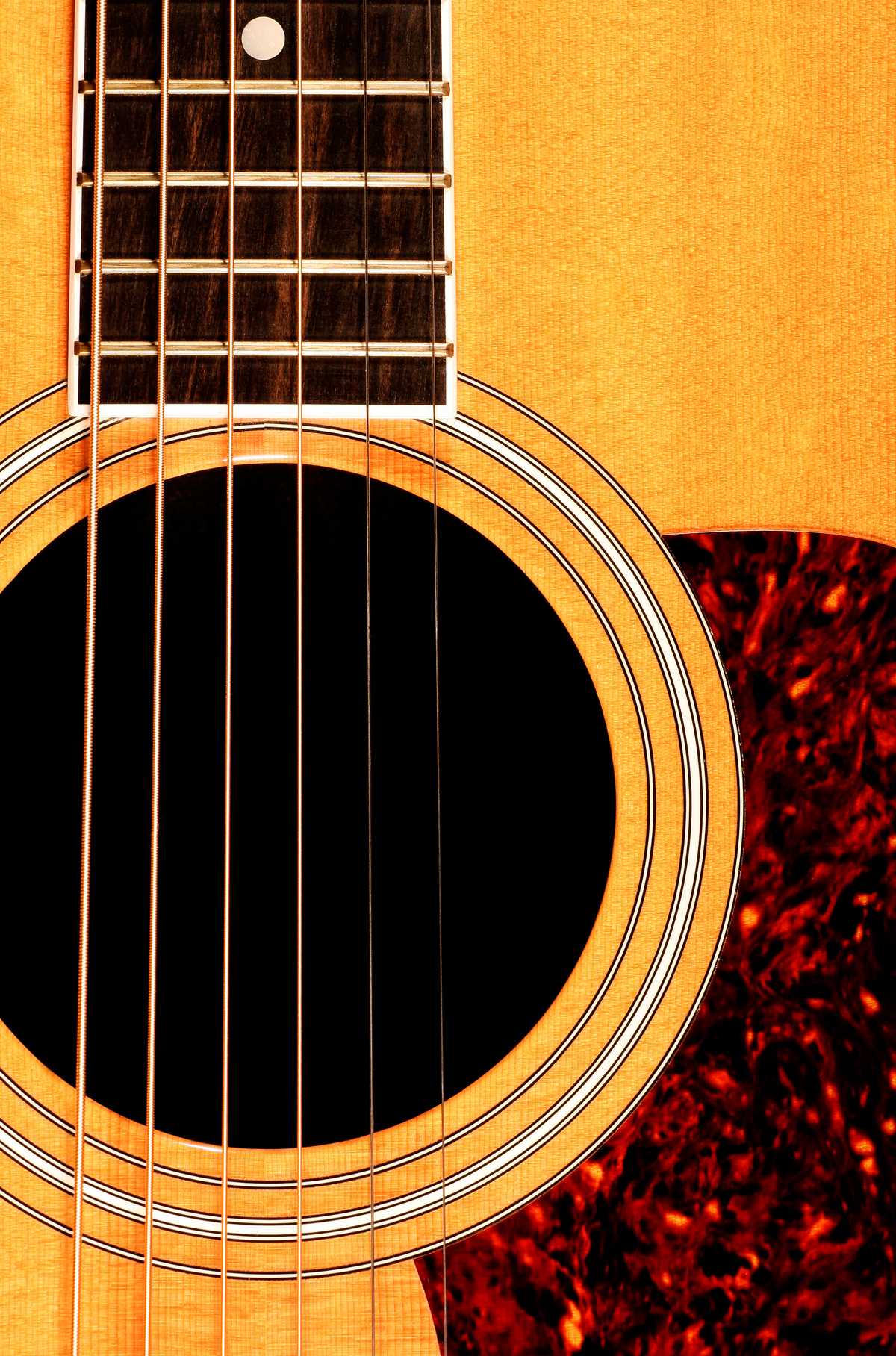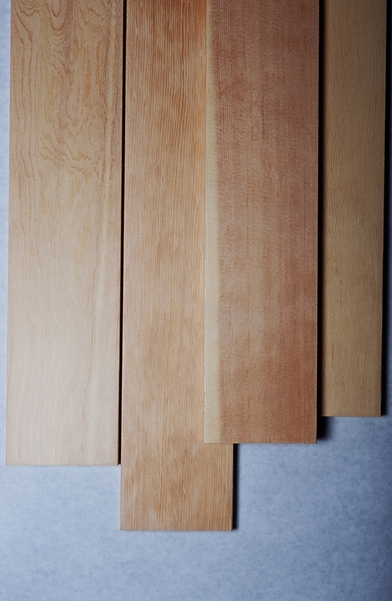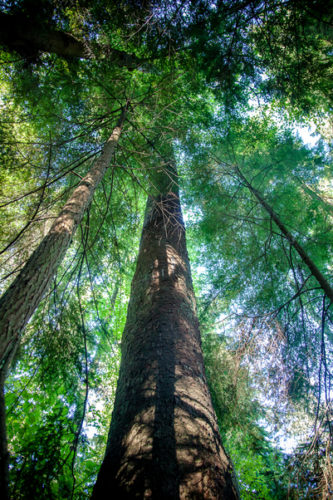Common uses and applications
Sitka spruce is used to make a variety of structural products. Because it is stronger than the same weight component made of steel, Sitka spruce is used to build airplane framework components. It has virtually no odour or taste so is suitable for food storage and processing.
High grades are popular for specialty marine applications such as masts, spars and deck beams, and for ladder stock and industrial equipment where a high strength-to-weight ratio is desired. The wood has excellent acoustic properties and is used to make sounding boards in pianos and other musical instruments such as violins and guitars. Clear grades are used in fine interior finishing such as sliding screens, mouldings, joinery and trim. It is particularly popular when an even-coloured natural wood finish is desired.
Indigenous Peoples use Sitka spruce in winter dance ceremonies and for medicinal purposes. The inner bark is a good source of vitamin C and can also work as a laxative, and the pitch can be eaten or applied as a salve to burns, boils and other skin ailments. Indigenous peoples use softened pitch to waterproof boats and fishing gear, and they use the roots to create beautiful, water-tight hats, baskets, ropes, twine and fishing lines.
Did you know?
Sitka spruce was introduced into Europe in the 19th century and is now an important timber species in many countries, including Britain, Ireland, Norway, France and Denmark.
